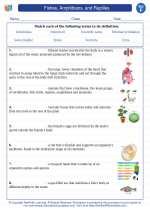Fishes, Amphibians, and Reptiles -> earth
Earth: The Blue Planet
The Earth is the third planet from the Sun and the only known planet to support life. It is often referred to as the "Blue Planet" due to its abundant water resources, which cover approximately 71% of its surface. The Earth possesses a diverse range of ecosystems and is home to millions of species, including humans.
Structure of the Earth
The Earth is composed of several layers, including the solid inner core, liquid outer core, mantle, and crust. The crust is divided into several large tectonic plates that float on the semi-fluid mantle. These plates are in constant motion, leading to geological phenomena such as earthquakes and volcanic eruptions.
Atmosphere
The Earth's atmosphere is a layer of gases that surrounds the planet and is vital for sustaining life. It is composed primarily of nitrogen (78%) and oxygen (21%), with trace amounts of other gases. The atmosphere provides protection from the Sun's radiation and regulates the planet's temperature through the greenhouse effect.
Geological Processes
Various geological processes shape the Earth's surface, including weathering, erosion, and deposition. These processes are responsible for the formation of mountains, valleys, rivers, and other landforms. The Earth's surface is constantly changing due to these natural forces.
Study Guide
- What is the Earth's nickname due to its abundant water resources?
- What are the primary components of the Earth's atmosphere?
- Describe the structure of the Earth's layers.
- How do geological processes shape the Earth's surface?
For further reading, you can explore topics such as the Earth's magnetic field, the water cycle, and the impact of human activities on the planet's environment.
[Earth] Related Worksheets and Study Guides:
.◂Science Worksheets and Study Guides Sixth Grade. Fishes, Amphibians, and Reptiles

 Activity Lesson
Activity Lesson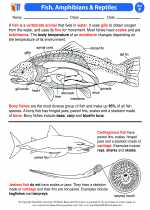
 Worksheet/Answer key
Worksheet/Answer key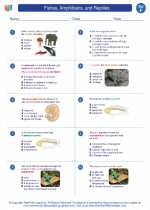
 Worksheet/Answer key
Worksheet/Answer key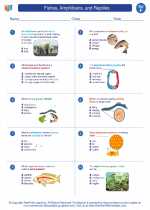
 Worksheet/Answer key
Worksheet/Answer key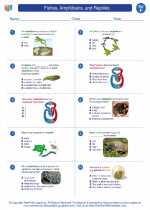
 Worksheet/Answer key
Worksheet/Answer key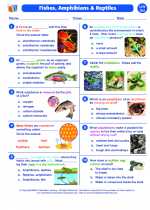
 Vocabulary/Answer key
Vocabulary/Answer key
 Vocabulary/Answer key
Vocabulary/Answer key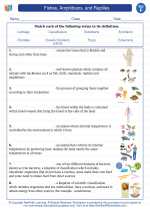
 Vocabulary/Answer key
Vocabulary/Answer key
 Vocabulary/Answer key
Vocabulary/Answer key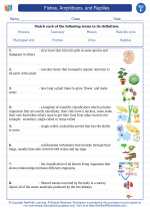
 Vocabulary/Answer key
Vocabulary/Answer key